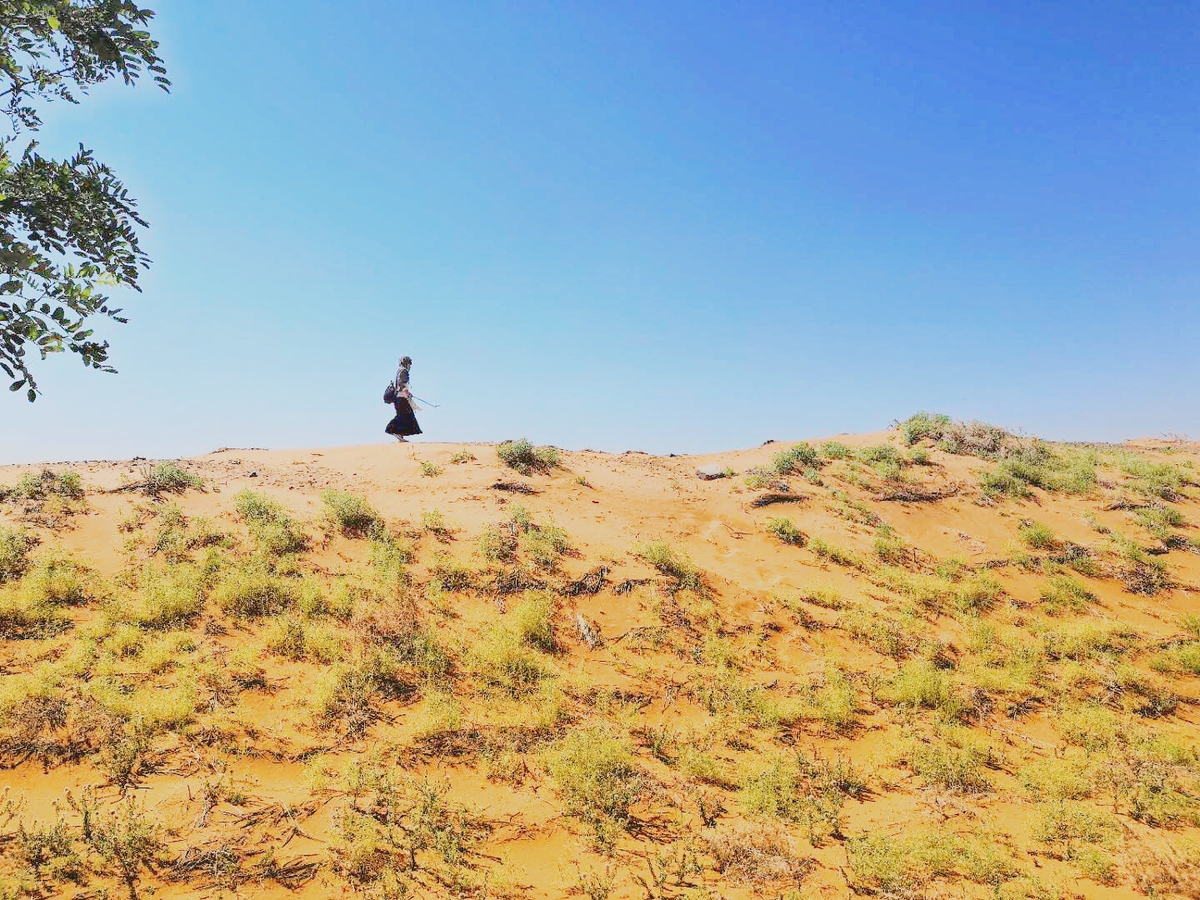From sand control model to hot tourist spot


"When the mode achieved success, many people came here to learn from the experience. They were surprised to find Shapotou was a place with charming views and advised us to develop tourism here," she adds.
So the railway came first, then a mode to control sand, and finally a scenic spot.
Before the 1950s, the climate was harsh in this area. Sand and dust weather could be seen in 330 days of the year and the rate of vegetation coverage was less than 1 percent.
Local people called their hometown "the sea of death" as it had neither birds in the sky nor plants on the land.
Under such circumstances, famous meteorologist and geographer Zhu Kezhen led the people of Zhongwei to create a method of tying wheat straw up in bundles and then forming many one-by-one squares to control the movement of the sand.
This method effectively fixed the sand in place. Then psammophytes, which thrive on sandy soil, were planted on the squares to further bind the sand.
























